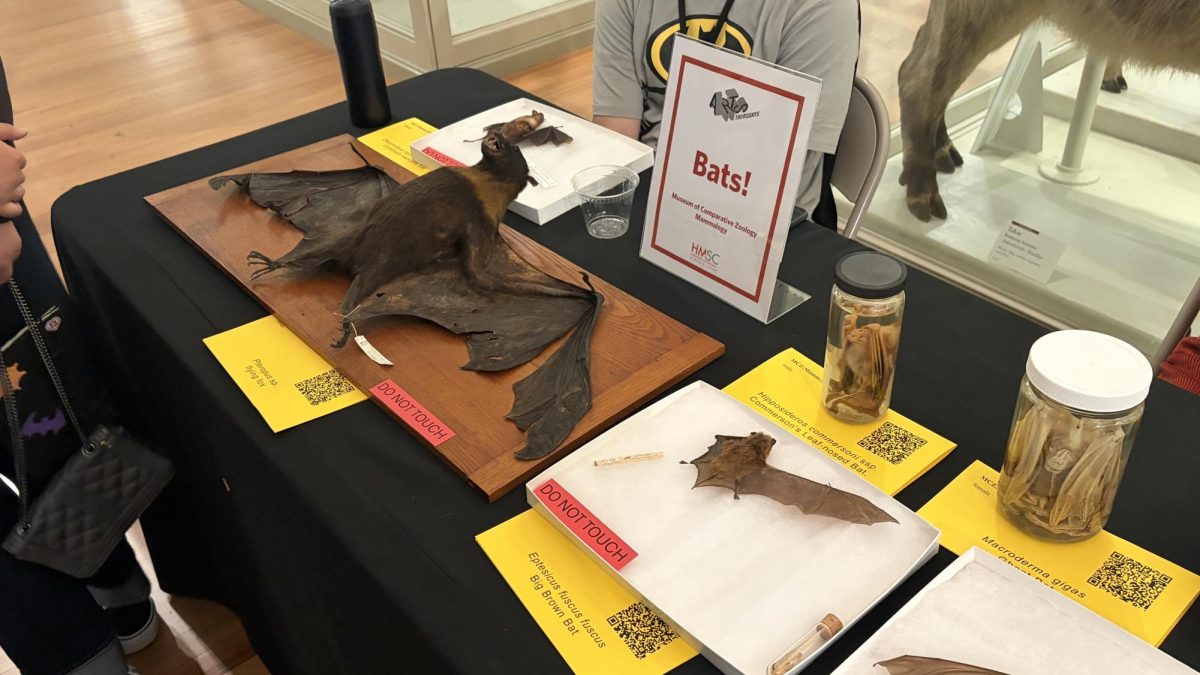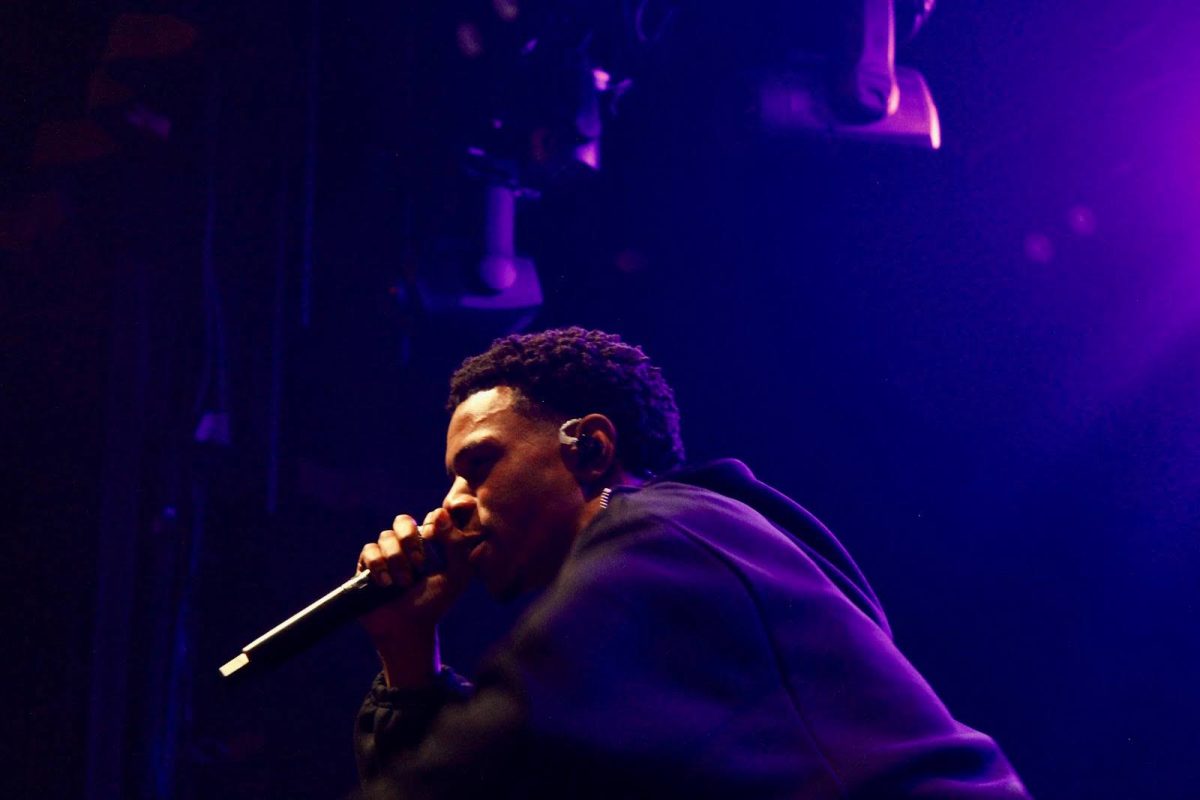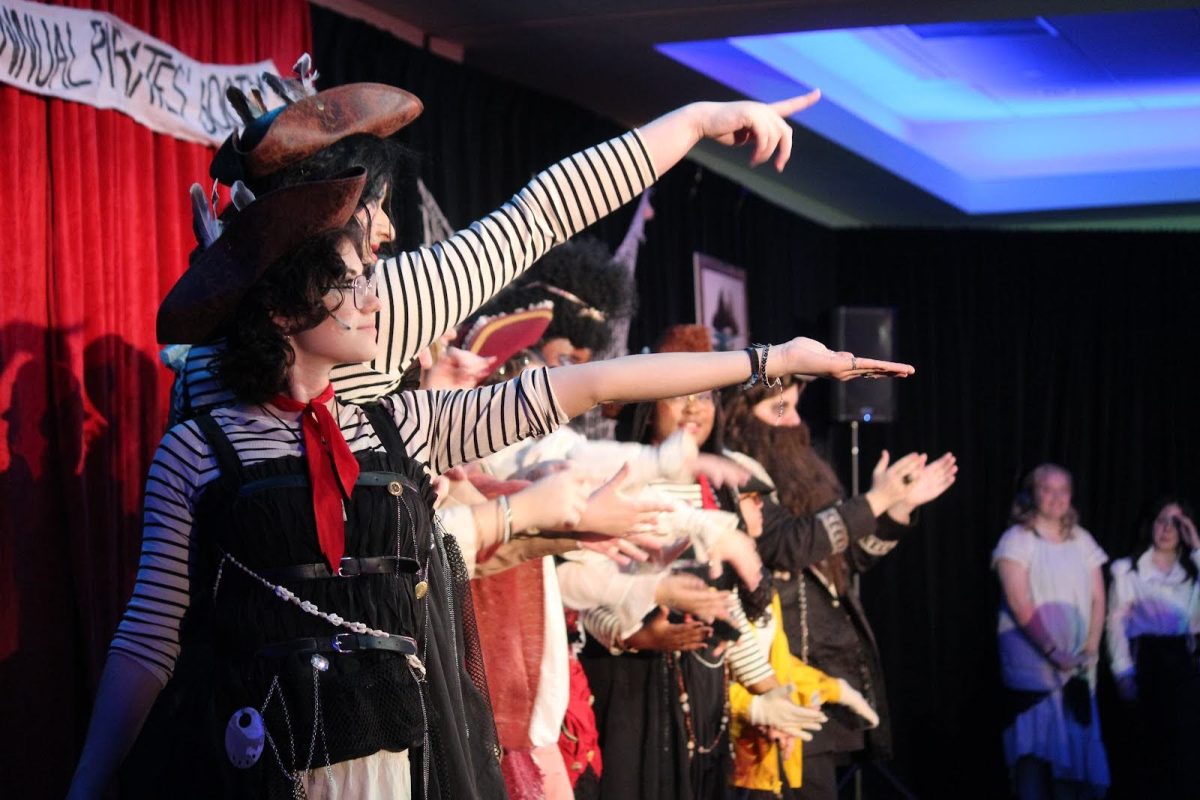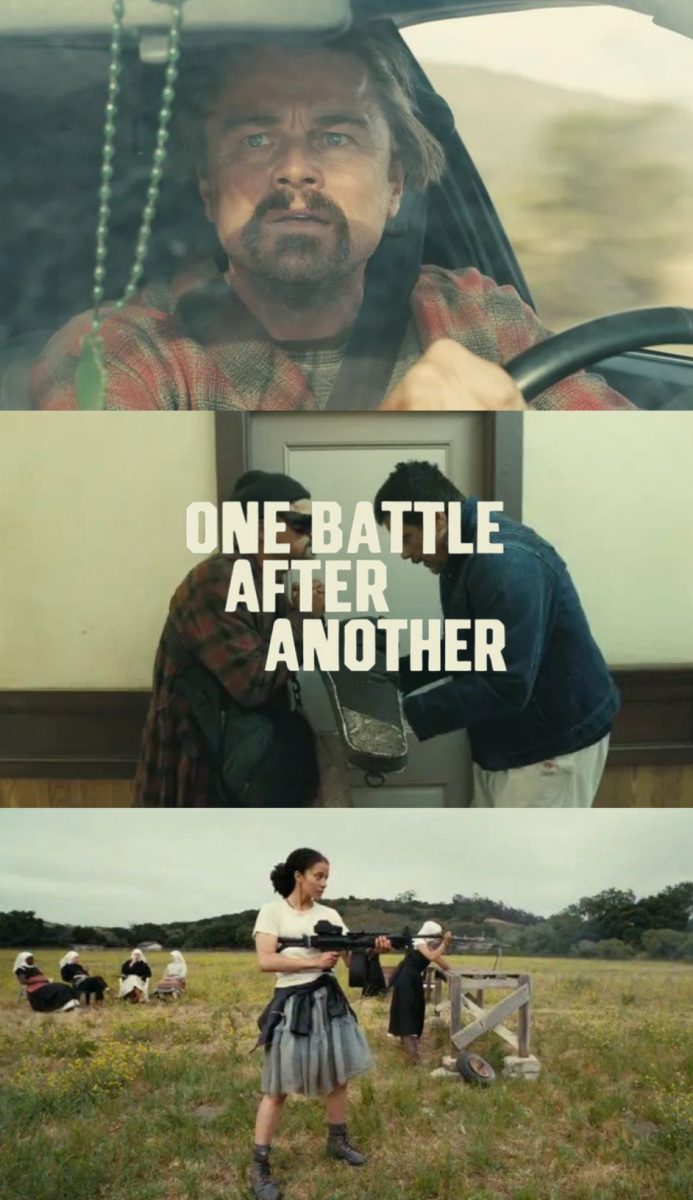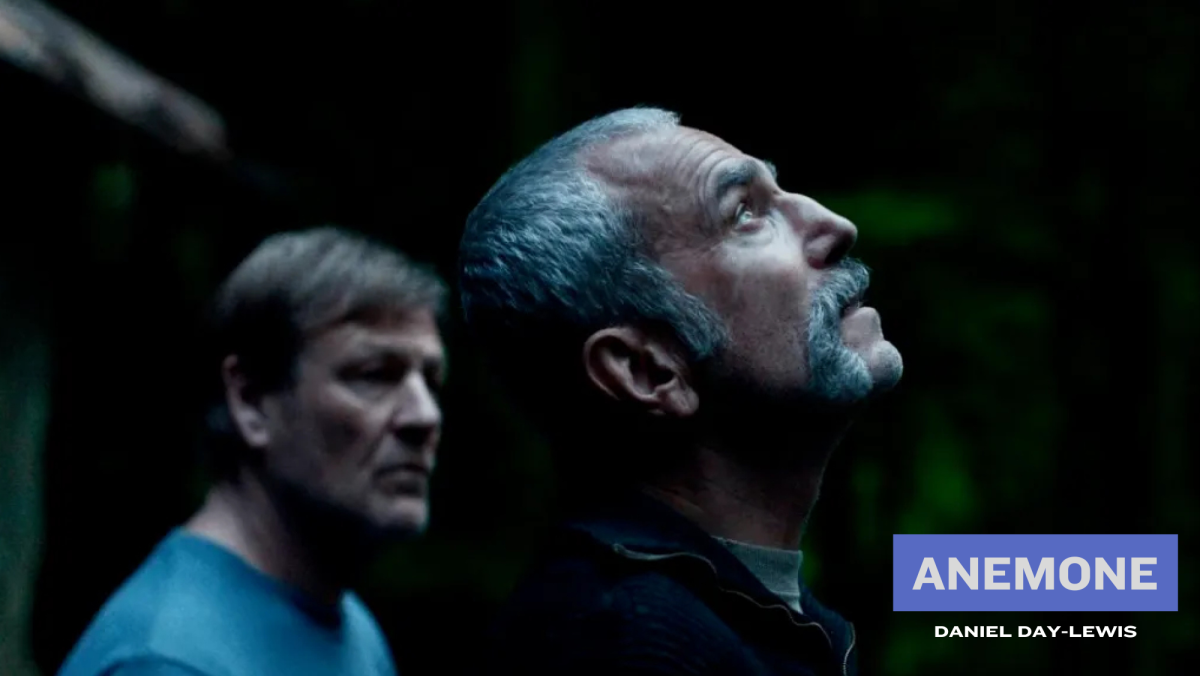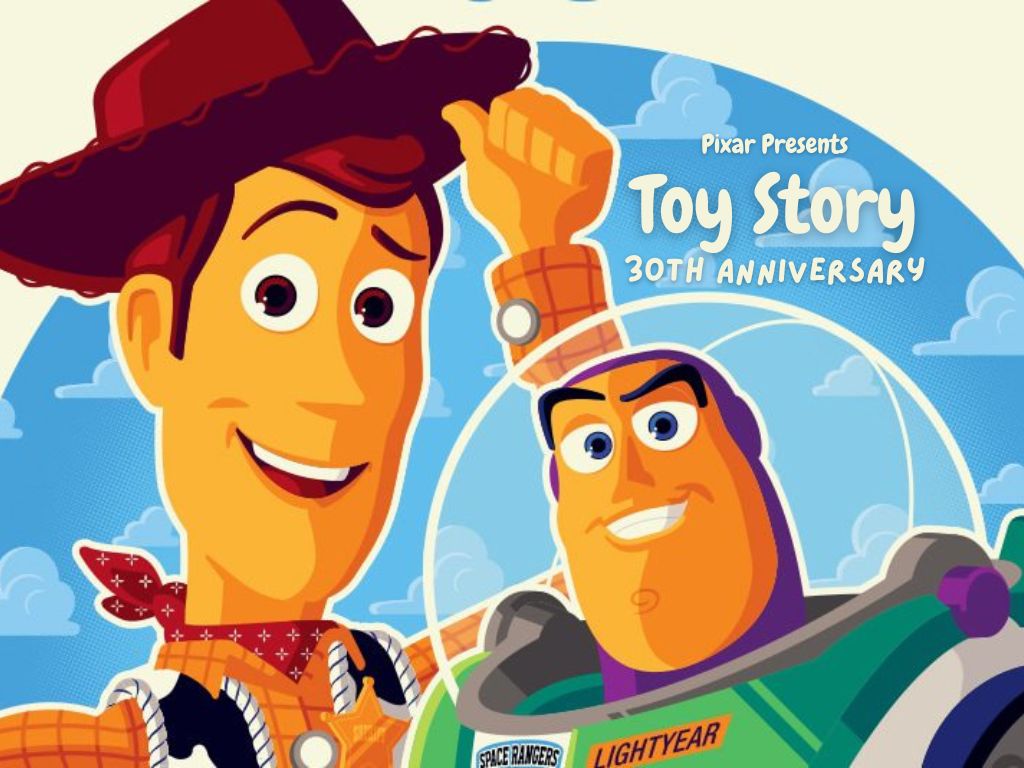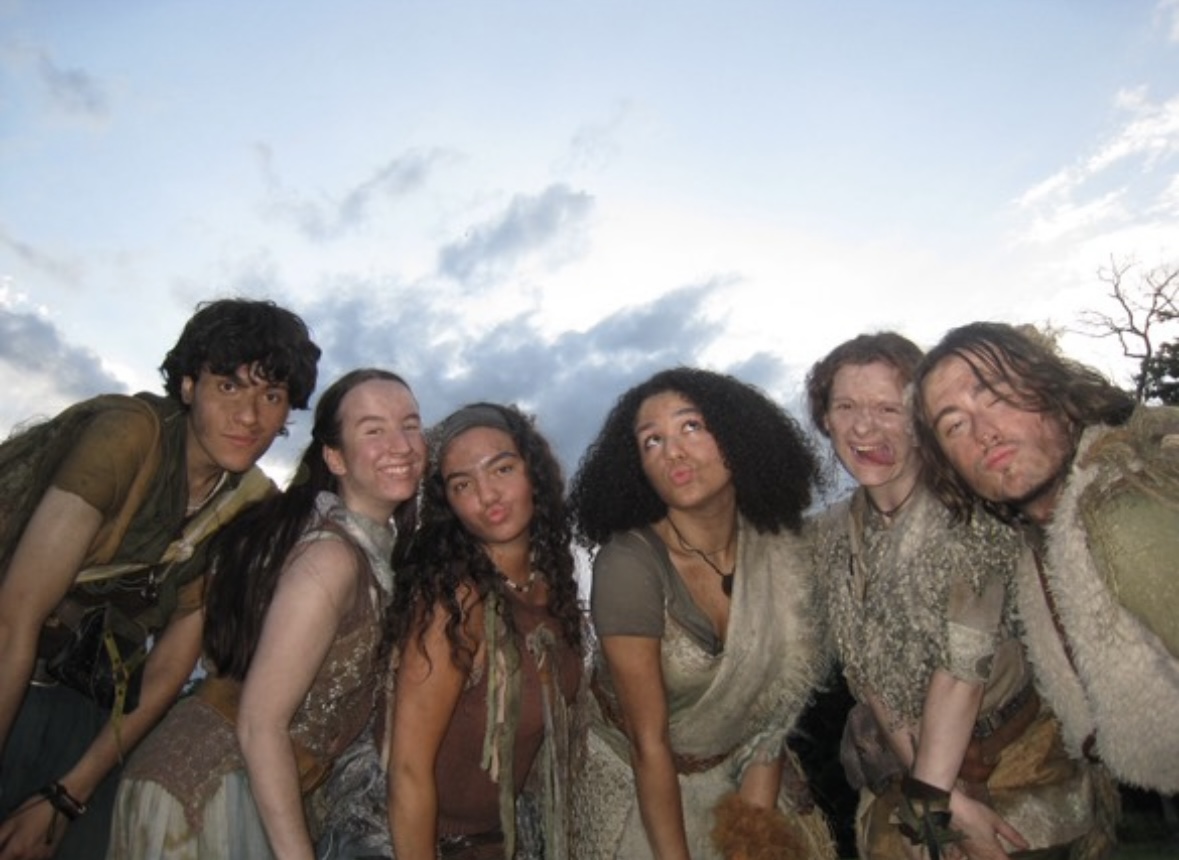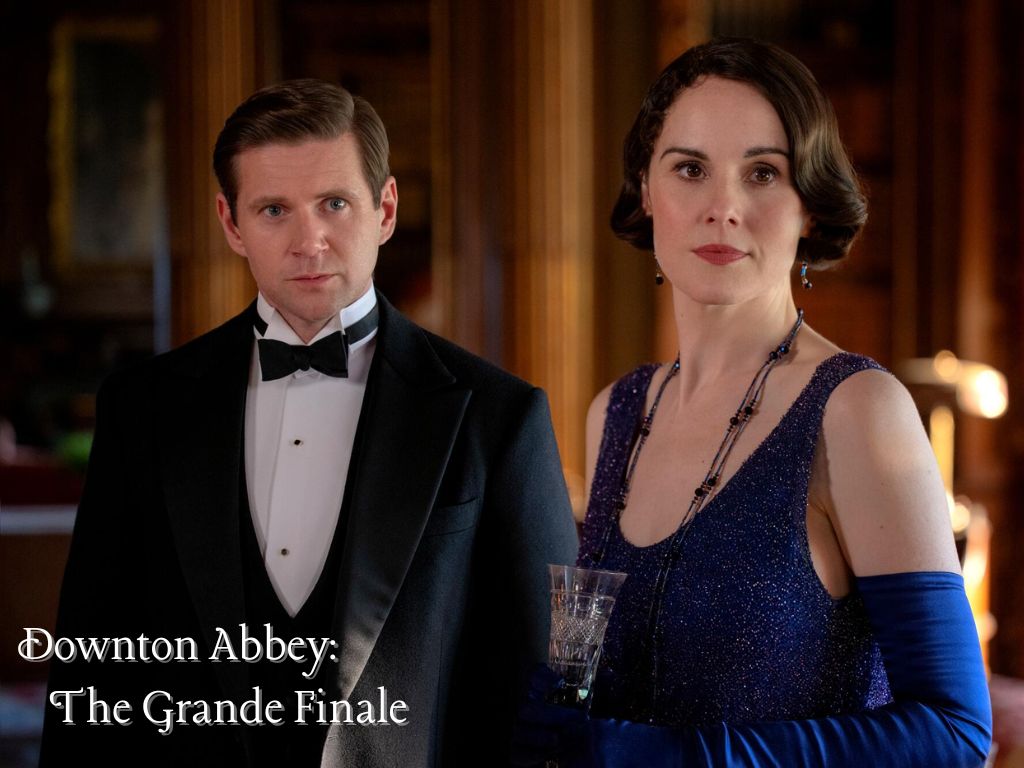Harris Dickinson’s directorial debut “Urchin” is a test of tolerance.
There are many instances of up-and-coming actors turned writers or directors learning the grim lesson that not everyone can be John Cassavetes (Kenneth Branagh’s “Hamlet” adaptation leaves plenty to be desired). Luckily, Dickinson skates by with an extremely sturdy debut on the pitfalls of human nature.
He credits Mike Leigh’s “Naked” as an inspiration, a film about a surly, unlikable man who enacts some form of violence on nearly everyone he interacts with. It’s “After Hours” with the added stress of detesting the main character.
Though this isn’t necessarily the case in “Urchin,” Frank Dillane’s character, Mike, is a study on what it takes for an audience to lose faith in someone. Both Dickinson and Dillane attempt to extend the audience’s capacity to empathize with a man who is caught in a cycle of violence within himself, impeding on his ability to form connections with others. These subtle and not-so-subtle moments of doubt and anxiety throughout the film weave the audience in and out of certainty for Mike’s future.
Dillane is fantastic. He has a nerve-wracking physicality fighting its way out until the end of the film, constantly on the precipice of erupting. He absolutely nails it, especially in each solitary scene in the hostel, or the green-lit bathroom of an art exhibit. There are moments where you think Mike may have made it out of his cycle of violence – he performs shirtless in front of his mirror, listening to meditation tapes in his hostel like a new-age Travis Bickle or dances at a campfire. This unfortunately is not the case, at least not by the end of the film.
“Urchin” is a winding road of a film – in many instances it comes to you as a dream. Mike is enveloped by so much space throughout in beautiful shots by cinematographer Josée Deshaies (“The Beast”) which ultimately seem more suffocating than anything else. Instead of freedom, it’s a stifling chasm of open air. It is everything Mike can not have, moving in on him as time passes.
The feeling of loneliness seeps into the skin of each viewer without relenting once. Dickinson never really lets go of Mike’s fear that all of what he has at any given moment might be taken away. Every person in his life seems temporary, like someone you would meet at a rest stop on a road trip. Every concession he has been given is snatched away, oftentimes because of his own hubris and stubbornness.
In a scene where Mike finds that his former acquaintance Nathan (Harris Dickinson) is crashing in someone’s apartment, we watch as he feeds a mouse to a snake in a deeply disturbing tableau that prompts Mike further into his already quickly-moving spiral.
Then there is the violinist.
Dickinson’s focus on the violinist first seems like portraiture. She becomes a recurring symbol in Mike’s perception of the world, only manifesting in his most strenuous attempts at sympathy, which all seem to fail miserably. She appears in the bathroom at a performance art show where Mike begins to reckon with his more violent thoughts, and viewers are suddenly plunged into an incredibly dark last act, ending abruptly with the whine of high-pitched strings and nothingness.
As the film climaxed and Mike was pushed into a purgatory of both his and the world’s creation, the first thought that occurred to me was “Harris Dickinson’s idea of surrealist imagery could use some work,” but this quickly dissipated when the credits rolled.
This winding road doesn’t end when the film does. There is a level of guilt the audience has to feel when watching “Urchin” and blankly staring at the credits when they roll. This isn’t simply because everyone is on a journey of their own, and maybe with a head start or two. This is also because when viewers stand up from their seats in the theatre, it is difficult to unlatch themselves from Dillane’s character Mike, curled up at the end like a kicked dog or a child in the fetal position at the mercy of those around him. It is burdensome and ugly. There’s nothing more humiliating than being confronted with this, because audience members just stare and ask “what am I supposed to do with someone who can’t change?”
It is such a nasty thought that people begin to fully grasp what Dickinson’s intentions were when making this film.



